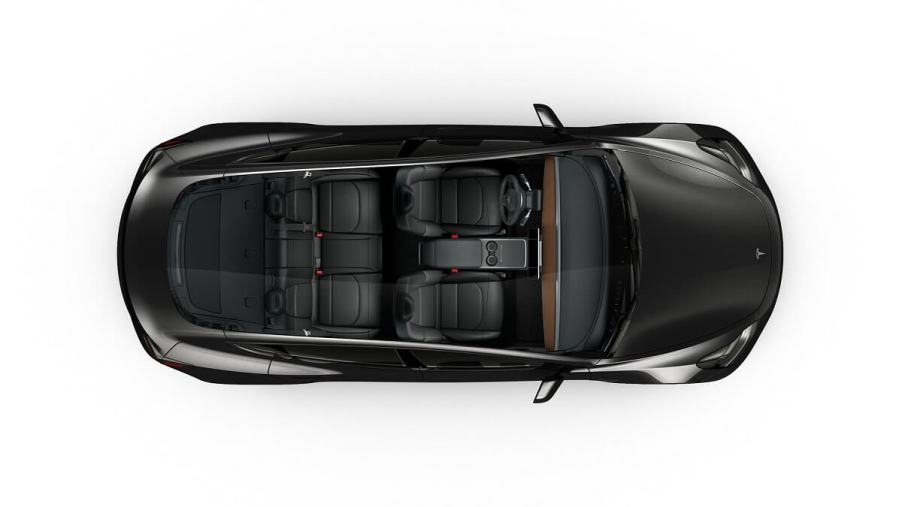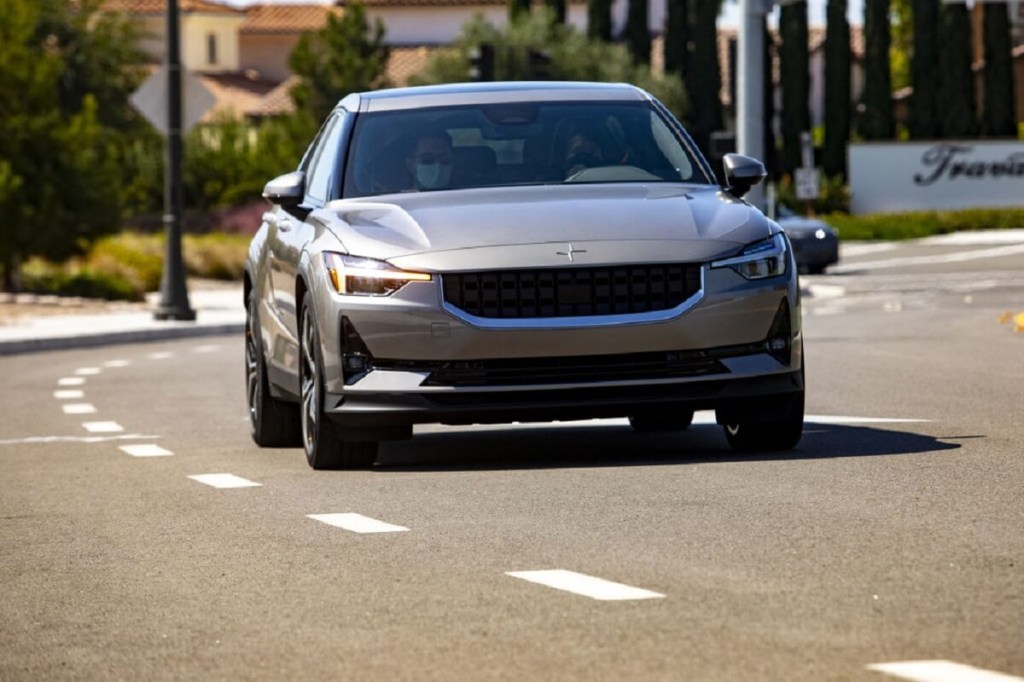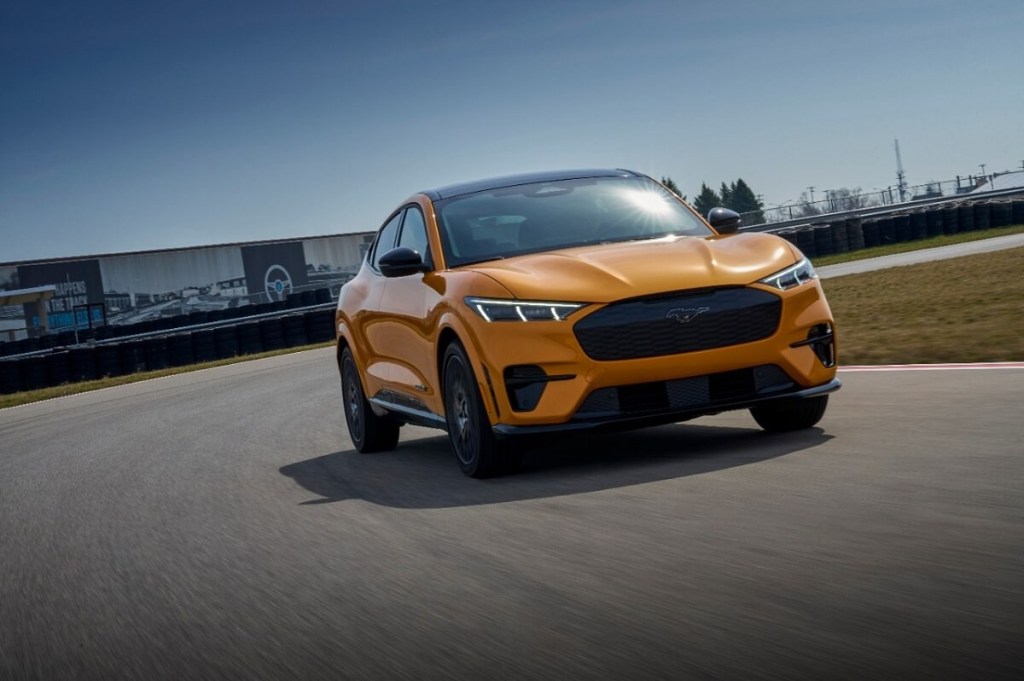
Check Out These 4 Tesla Model 3 Alternatives for 2023
The 2023 Tesla Model 3 is at the top of many electric vehicle (EV) shoppers’ shortlists. However, the baby Tesla isn’t in a league of its own anymore; several legacy and boutique automakers have options to take on the Model 3. Check out four alternatives to the cheapest Tesla model in 2023, like the Polestar 2, Ford Mustang Mach-E, and Volkswagen ID.4.
What are the best alternatives to the Tesla Model 3?
- 2023 Polestar 2
- 2023 Hyundai Ioniq 6
- 2023 Ford Mustang Mach-E
- 2023 Volkswagen ID.4

These four EV models are solid alternatives to the popular Model 3. Each electric vehicle starts at over $40,000 and has trims that will get well over 200 miles of electric driving range. Moreover, some models, like the Polestar 2 and Ford Mustang Mach-E, offer performance-oriented trims, not unlike the Model 3 Performance.
How does Polestar 2 compare with a Tesla?
The 2023 Polestar 2 starts at around $49,800, similar to the starting price point of a 2022 Tesla Model 3 Standard Range Plus, per TrueCar. Also, with the Polestar 2 Long Range Single Motor (yes, that’s a mouthful) getting 270 miles of electric driving range, it’s on par with the admittedly more affordable Model 3 RWD.

What are the competitors of the Ioniq 6?
The 2023 Hyundai Ioniq 6 is comparable to the Tesla Model 3 in terms of starting price and range. However, Hyundai says the Ioniq 6 SE will get as much as 361 miles of single-charge range. That’s 46 more than the 2023 Model 3 Performance and three more than the Model 3 Long Range.
Moreover, the Hyundai EV model is comparably priced to the baby Tesla. Specifically, the 2023 Hyundai Ioniq 6 starts at around $42,715. However, the long-legged SE trim starts at $46,615, which is more affordable than the dual-motor Model 3s.
Is the 2023 Ford Mustang Mach-E a competitor for the Tesla Model 3?
The 2023 Ford Mustang Mach-E is a solid competitor for the Tesla Model Y and Model 3. At the California Route 1 trim, the Mach-E offers around 312 miles of single-charge driving range. Moreover, the Mach-E’s $47,795 starting point makes it competitive with the Model Y and Model 3.

Still, the Mach-E’s 29.7 cubic feet of storage makes it a much more spacious option than the Tesla Model 3, which stops at about 19.8 cubic feet. On the other hand, the Mach-E’s storage capacity is more comparable to the Model Y’s 30.2 cubic feet.
How many miles does a 2023 Volkswagen ID.4 get?
Closely comparable to the Polestar 2, the 2023 Volkswagen ID.4 promises around 275 miles of single-charge electric range at higher trims. However, unlike the Tesla Model 3 and Ford Mustang Mach-E, the ID.4 doesn’t offer a performance-oriented option and tops out at 295 horsepower.

However, the 2023 Volkswagen ID.4’s storage capacity makes it a more spacious option than the Model 3.
Which Tesla Model 3 alternative is the best for you?
For EV hunters who want the most range possible, the new Hyundai Ioniq 6 beats even the most travel-ready Model 3 Long Range vehicles. However, in terms of performance, the Ford Mustang Mach-E GT Performance is within 0.4 seconds of the Model 3 Performance’s sprint to 60 mph.



